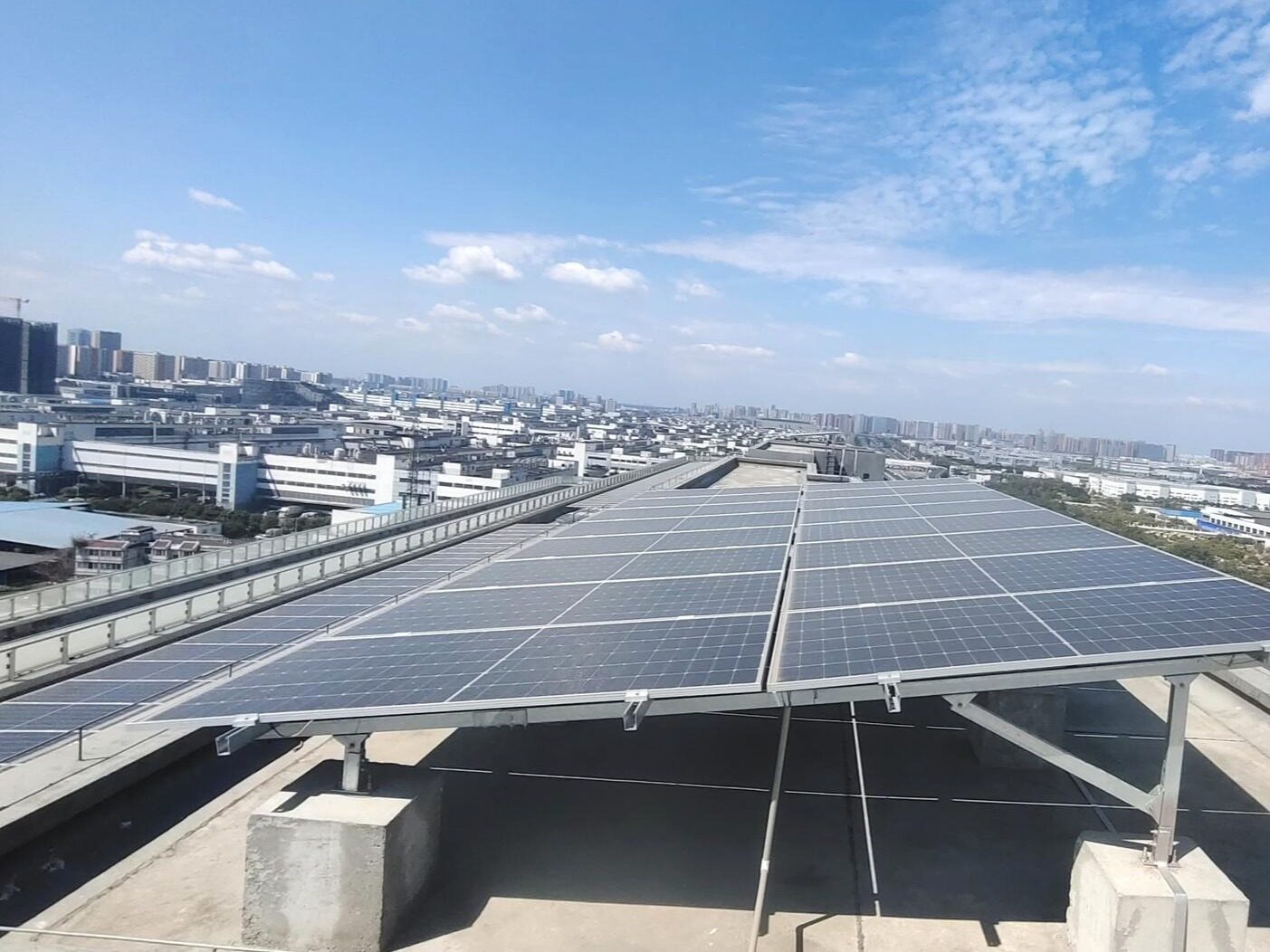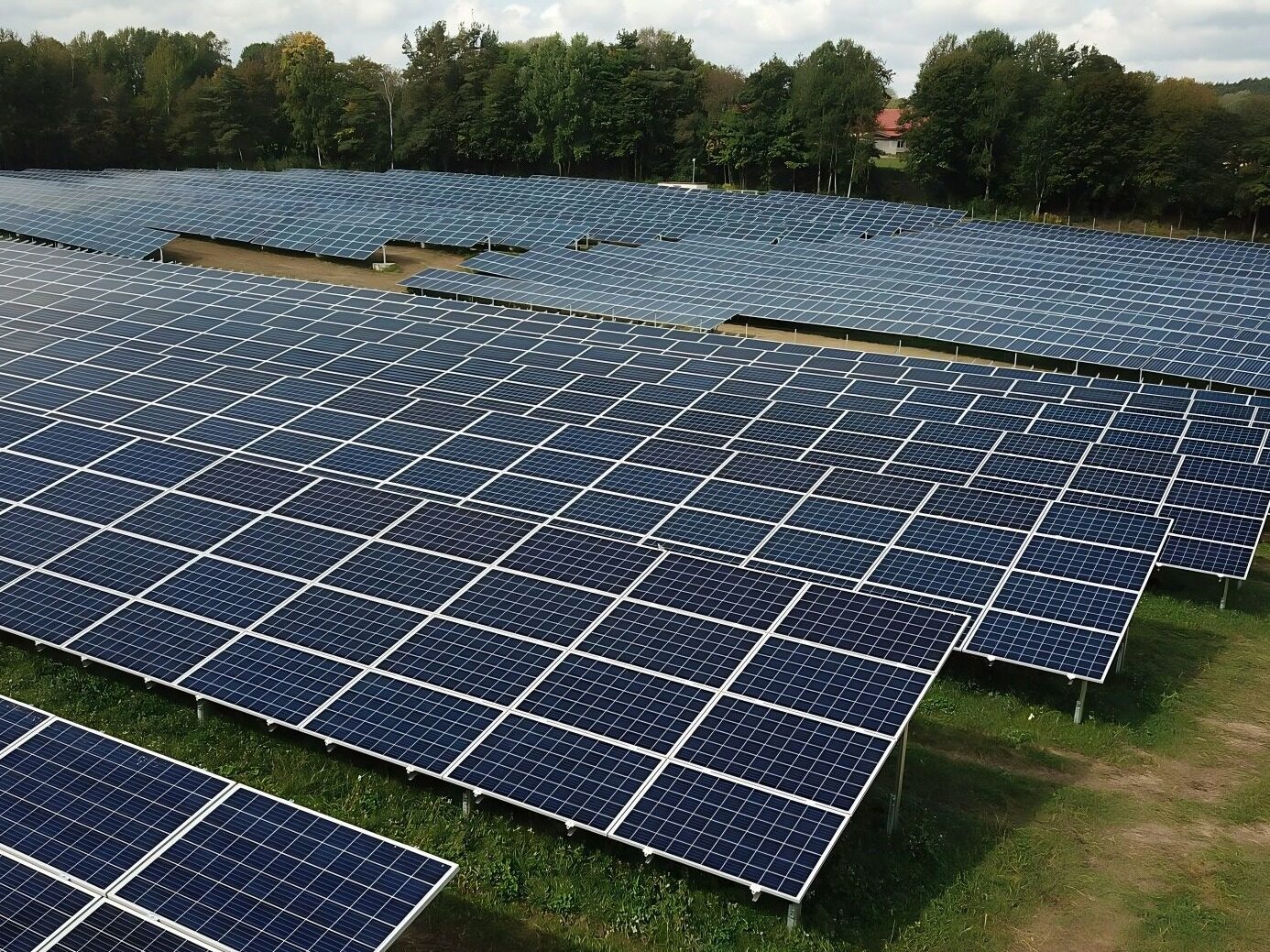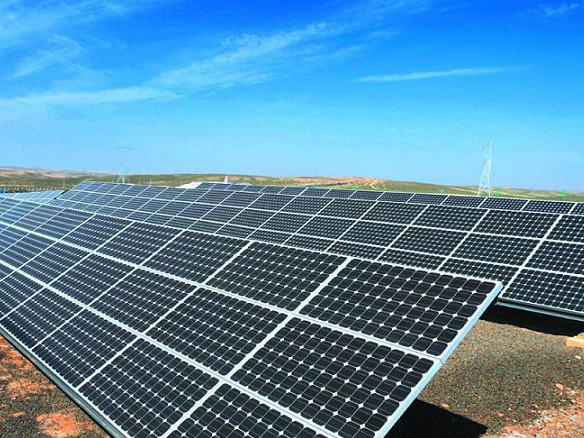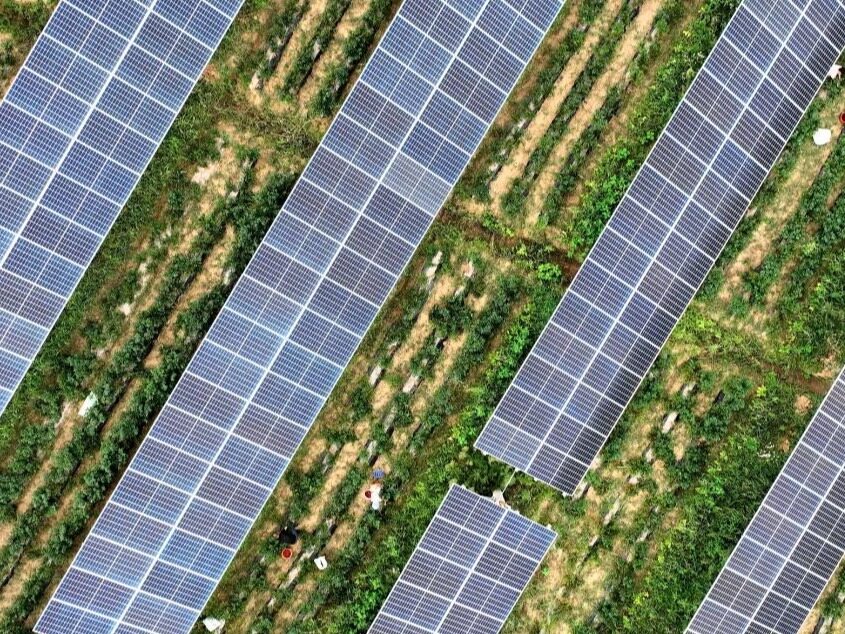- This project is a new breakthrough in hybrid power generation technology worldwide
- After the project is completed, the annual power generation can save 600,000 tons of standard coal

Hybrid power plants are designed to cope with the intermittent problems of other renewable energy power plants through a support system that guarantees a stable supply of energy. Spain has one of the largest pumped-storage power plants in Europe, which can solve the instability and intermittent problems of some renewable energy sources by pumping water back into reservoirs to use it as a form of energy storage. And China wants to go further.
new breakthrough
The basic principle of this hybrid power generation is to utilize as much photovoltaic energy as possible with the support of hydroelectric power. Photovoltaic power generation drops to zero at night and is also affected by the weather. The hydropower station can be used as a huge power battery, which can convert the stored water into electricity almost immediately, ensuring a continuous and sufficient power supply.
That's what China thinks. It wants to create a combination of photovoltaic and hydroelectric plants to supply electricity to the national grid, with excess power being used to store water in dams. In this way, both ways of generating electricity from renewable energy sources are maximized. As is often the case with other infrastructure, Chinese engineers are to design and build hybrid power plants on an unprecedented scale. Recently, the construction of the Yalong River Kela photovoltaic power station, the world's largest hydro-solar hybrid power station in Ganzi Tibetan Autonomous Prefecture, Sichuan Province, started.

The Kela photovoltaic power station has an installed capacity of 1 million kilowatts. It is connected to the Yalong River Two Estuary Hydropower Station, which has just been fully connected to the grid in March 2022 and has an installed capacity of 3 million kilowatts through a 500 kV transmission line, realizing water-solar complementarity. The combination of the two plants will give China the world's largest hybrid hydro-solar power project, pushing such technology to the limit it has not yet reached. Keywords: One Belt One Road, One Belt One Road News, One Belt One Road Project
The annual utilization hours of the Kola photovoltaic power station reach 1,735 hours, and the average annual power generation is 2 billion kWh. The project is located in the western Sichuan plateau between 4,000 meters and 4,600 meters above sea level, and its annual power generation is equivalent to saving more than 600,000 tons of standard coal. The power station is planned to be connected to the grid at full capacity in 2023. The Lianghekou Hydropower Station, which is connected to the Kela photovoltaic power station, has a storage capacity of nearly 11 billion cubic meters and a total of 6 units of 500,000 kilowatts.Editor/XuNing
Comment
 Praise
Praise
 Collect
Collect
 Comment
Comment
 Search
Search














Write something~